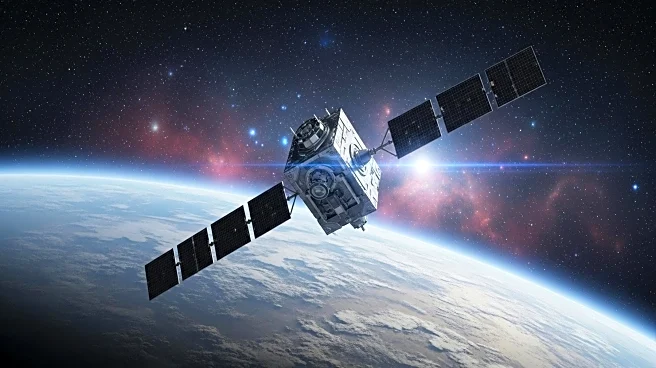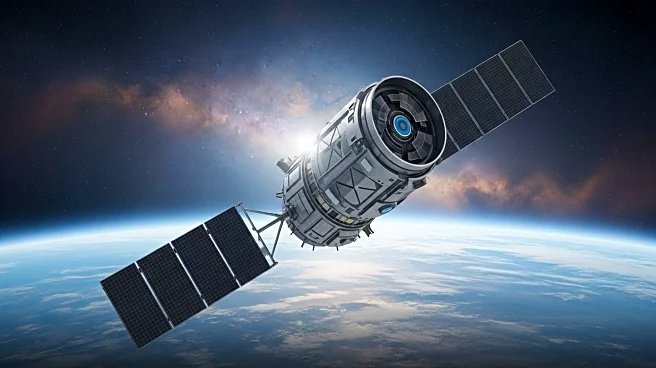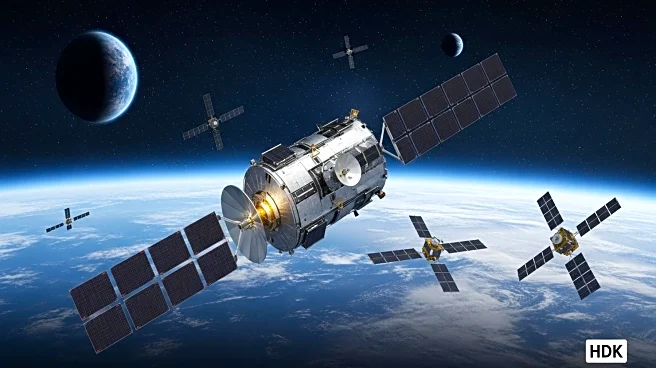What's Happening?
NASA's Astrophysics Division is advancing its Time Domain and Multi-Messenger (TDAMM) Initiative, which has been identified as a top priority in the Astro2020 Decadal Report. The initiative focuses on enhancing coordination in astrophysics research, particularly in observing transient cosmic events like neutron star mergers. The Physics of the Cosmos Program Office is tasked with organizing TDAMM workshops, coordinating with science groups, and conducting a three-phase study to improve collaboration within NASA's fleet, with U.S. ground-based observatories, and internationally. The initiative also includes the Astrophysics Cross-Observatory Science Support (ACROSS) pilot, which aims to provide resources such as a web portal for cross-observatory workflows and a help desk for expertise. The next TDAMM workshop is scheduled for October 2025 in Huntsville, Alabama, focusing on community-defined observing concepts for rare cosmic events.
Why It's Important?
The TDAMM Initiative is crucial for advancing the field of astrophysics by fostering collaboration and resource sharing among various observatories and research institutions. By prioritizing the study of transient cosmic events, NASA aims to enhance scientific understanding of phenomena like gravitational waves and kilonovae, which have significant implications for our knowledge of the universe. The initiative's focus on open science and community-driven research could lead to innovative discoveries and methodologies, benefiting the broader scientific community. Additionally, the ACROSS pilot's emphasis on open-source tools and data systems supports transparency and accessibility in scientific research, potentially accelerating advancements in space science.
What's Next?
The upcoming TDAMM workshop in October 2025 will be a key event for the initiative, providing a platform for scientists to share insights and develop coordinated observing strategies. The outcomes of this workshop are expected to guide future research priorities and collaborations. As the TDAMM study progresses through its phases, further integration with U.S. and international observatories is anticipated, which could lead to more comprehensive and efficient data collection and analysis. The continued development of the ACROSS pilot will also play a role in supporting these efforts by providing necessary infrastructure and expertise.
Beyond the Headlines
The TDAMM Initiative represents a shift towards more collaborative and open scientific practices in astrophysics. By encouraging community involvement and prioritizing open science, NASA is setting a precedent for how large-scale scientific endeavors can be conducted in the future. This approach not only democratizes access to scientific data but also fosters a more inclusive research environment, potentially leading to a broader range of perspectives and innovations in the field.











